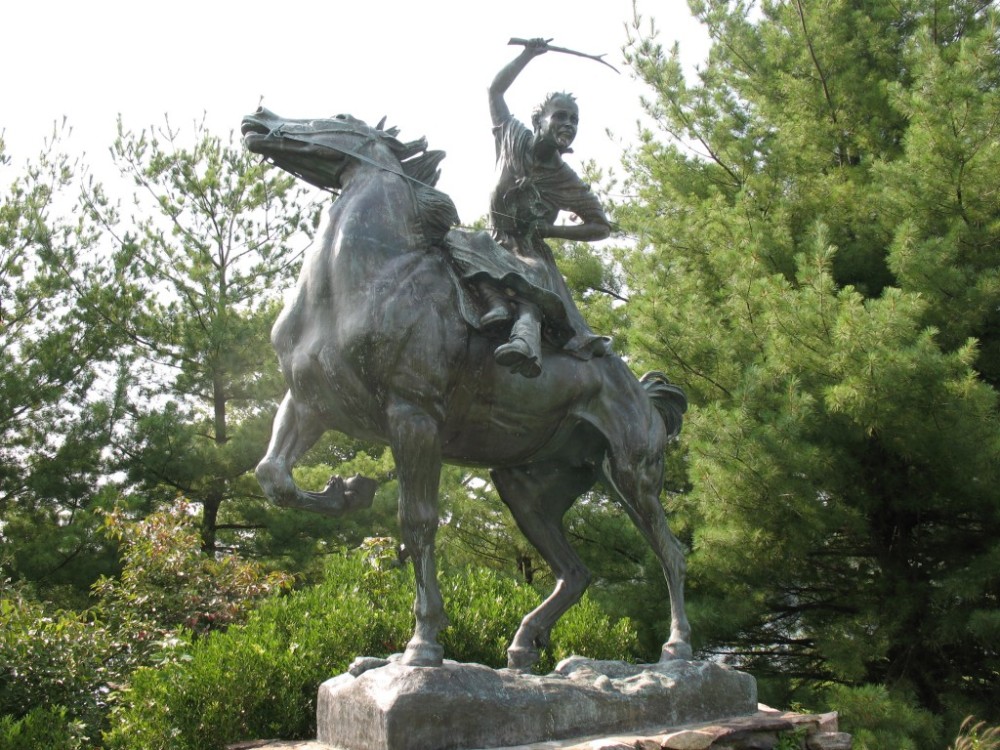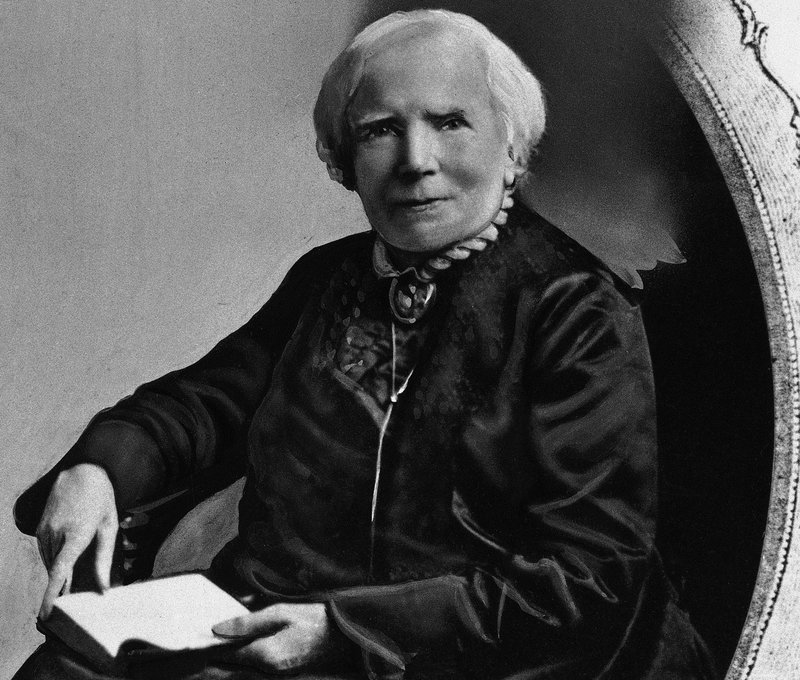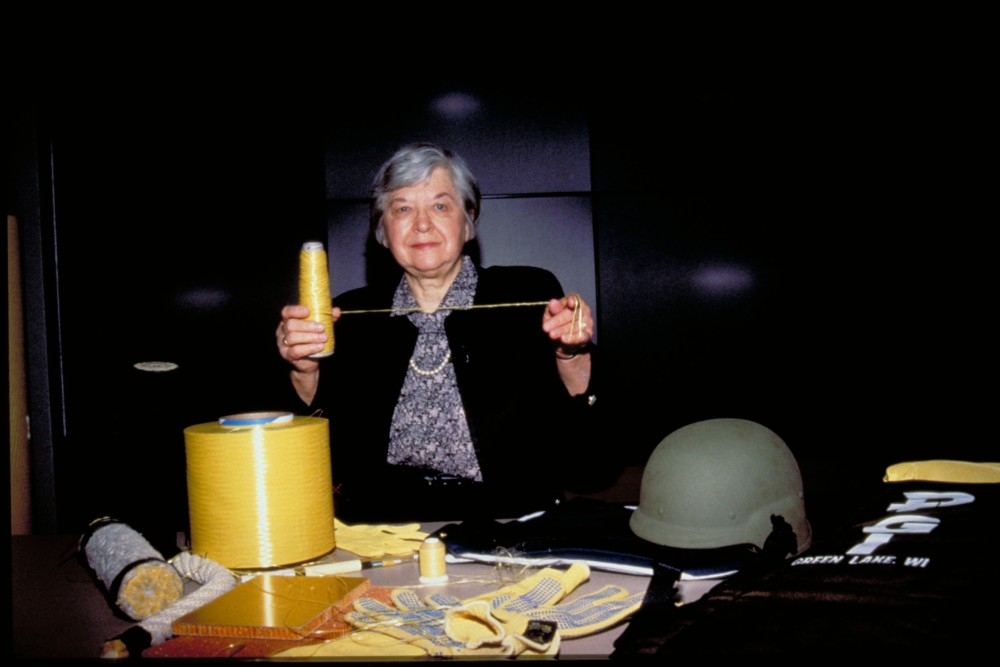EDITORIAL
The Salem News, Beverly, Mass.
WWR Article Summary (tl;dr) The second version of the Declaration was not only created on a printing press by a woman but it included her full name.
The Salem News, Beverly, Mass.
It’s no surprise that 56 men — but no women — penned their names on the Declaration of Independence, at a time when women had few rights and no standing in society, especially in government and business.
But the second version of the Declaration printed after the Continental Congress decided to distribute the document throughout the Colonies was not only created on a printing press by a woman but it included her full name at the bottom.
Mary Katharine Goddard was living in Baltimore at the time of the American Revolution. Her brother William, who was publisher and printer of the revolutionary publication the Maryland Journal, set off traveling during the war so Mary Goddard took over the business and continued as publisher until 1784.
When the Continental Congress put out the call for the Declaration of Independence to be reprinted and distributed to the 13 Colonies, Goddard stepped up to offer the use of her press. With that, she produced the second printing of the Declaration — and the first one to include the typeset names of 55 of the 56 signatories, including three from New Hampshire (Josiah Bartlett, William Whipple and Matthew Thornton) and four from Massachusetts (Sam Adams, John Adams, Robert Treat Paine and Elbridge Gerry).
Goddard’s printing, dubbed the “Goddard Broadside,” didn’t include Delaware representative Thomas McKean, who was late signing the document after January 1777, when Goddard printed the copies.
A baker’s dozen of the Goddard Broadside was printed that month and, by most counts, nine are known to exist today. One in the collection of the Commonwealth Museum will be on display today, July 4, in Dorchester in celebration of Independence Day.
It was the substance of the Declaration, not the printer’s name, that was important at the time, of course. Thomas Jefferson hand wrote the draft, which members of the Continental Congress debated and revised before they adopted it on July 4, 1776.
The Declaration spelled out why the Colonies wanted to shake free of British rule and it delineated the rights and freedoms for residents of what would become the United States.
Before Goddard printed this most famous document, she was named postmaster in Baltimore — the first woman in the Colonies to hold that title. Around that time she stopped printing the Maryland Journal under her brother’s name, switching instead to the androgynous “M.K. Goddard.”
In mid-December 1776, with the British troops moving on the city of Philadelphia, the Continental Congress pulled up stakes and resettled in Baltimore. As postmaster, Goddard was responsible for all mail to and from the congressional delegates; as a printer, she produced numerous documents for Congress, leading up to the Goddard Broadside.
Looking back, it’s important to understand the significance of the 55 names, as well as Goddard’s full name, being included on the broadside. This was the declaration the Colonies were breaking from the British Crown, so publishing those names was akin to producing a “most wanted” list for the king of England.
After Goddard set the type and printed the copies of the Declaration, John Hancock, who was president of the Congress at the time, sent a broadside to each of the states on January 31, 1777, with this letter:
“As there is not a more distinguished Event in the History of America, than the Declaration of her Independence — nor any that in all Probability, will so much excite the Attention of future Ages, it is highly proper that the Memory of that Transaction, together with the Causes that gave Rise to it, should be preserved in the most careful Manner that can be devised. I am therefore commanded by Congress to transmit you the enclosed Copy of the Act of Independence with the List of the several Members of Congress subscribed thereto and to request, that you will cause the same to be put upon Record, that it may henceforth form a Part of the Archives of your State, and remain a lasting Testimony of your approbation of that necessary & important Measure.”
Those copies recording this most “distinguished Event in the History of America” included the name of one woman, set in type. At the bottom it reads: “Baltimore in Maryland: Printed by Mary Katharine Goddard.”
To see the Massachusetts copy of the Goddard Broadside: www.CommonwealthMuseum.org
___
Distributed by Tribune Content Agency, LLC.

















































































































































































































































































































































































